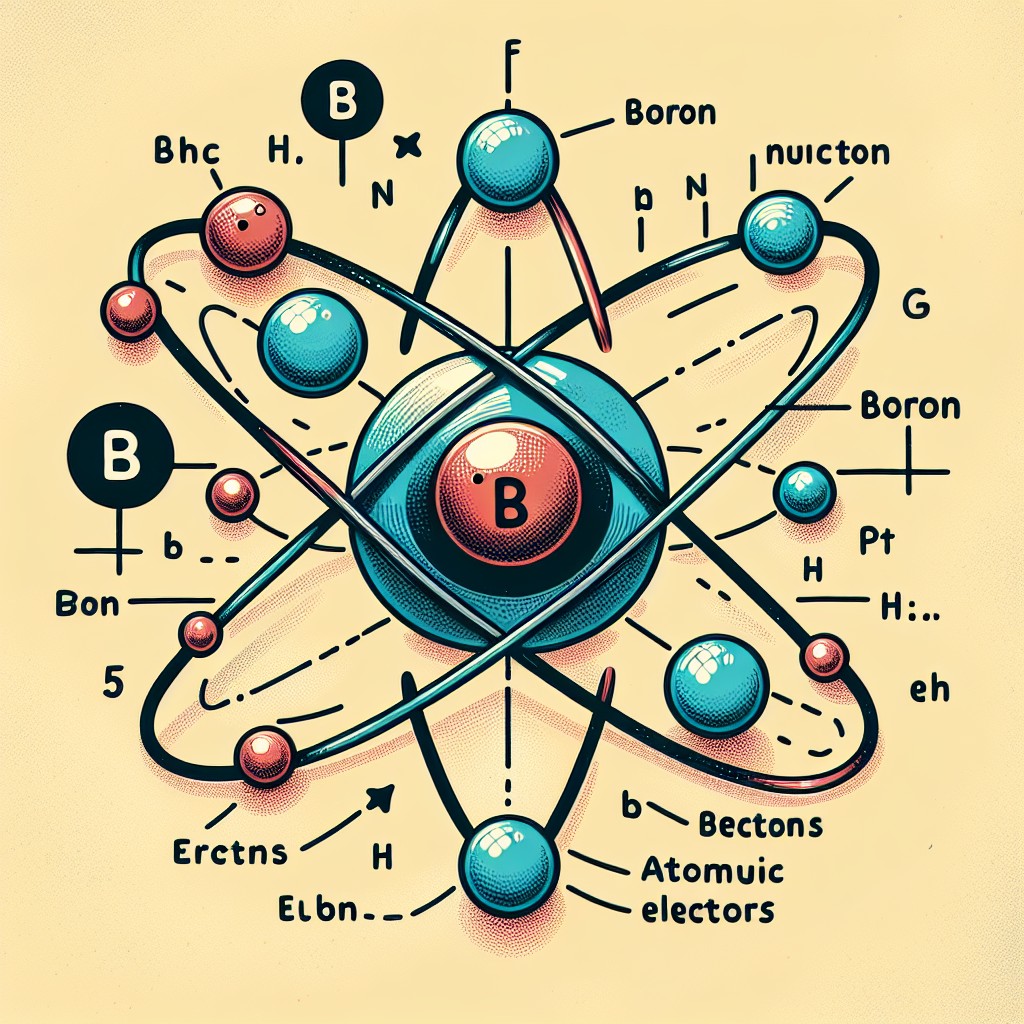The NATO Airforce, also known as the North Atlantic Treaty Organization Airforce, is a collective defense alliance formed by 30 member countries. It was established in 1949 with the signing of the North Atlantic Treaty, and its primary purpose is to ensure the security and defense of its member nations. The NATO Airforce plays a crucial role in maintaining peace and stability in the Euro-Atlantic region.
The history of the NATO Airforce dates back to the Cold War era when the threat of Soviet aggression loomed over Europe. The alliance was formed as a response to this threat, with the aim of deterring any potential attack on its member countries. Over the years, the NATO Airforce has evolved and adapted to changing security challenges, including counter-terrorism operations and humanitarian missions.
Summary
- NATO Airforce was established in 1949 to provide collective defence against potential threats to member countries.
- Member countries of NATO Airforce have different roles and responsibilities, including air policing, air defence, and air support.
- NATO Airforce operations include air surveillance, air-to-air refuelling, and air strikes in support of ground troops.
- Aircrafts used by NATO Airforce have advanced features and capabilities, including stealth technology and precision-guided weapons.
- NATO Airforce offers various training programs and techniques to its personnel, including simulation exercises and joint training with partner countries.
Member Countries of NATO Airforce: Roles and Responsibilities
The NATO Airforce consists of 30 member countries, including the United States, United Kingdom, Germany, France, and Turkey, among others. Each member country has its own roles and responsibilities within the alliance. The United States, being the largest contributor to NATO, plays a significant role in providing military capabilities and resources.
Other member countries contribute to the alliance by providing air assets, personnel, and financial support. For example, Germany is known for its strong air force capabilities and often participates in joint exercises and operations. The United Kingdom has a long history of military aviation and contributes advanced aircraft to NATO missions.
NATO Airforce Operations: Types and Missions
The NATO Airforce conducts various types of operations to fulfill its mission of collective defense and security. These operations can be categorized into three main types: peacetime air policing, crisis response operations, and collective defense operations.
Peacetime air policing involves monitoring and patrolling the airspace of member countries to ensure security and prevent unauthorized incursions. Crisis response operations are conducted in response to emerging security threats, such as terrorist attacks or natural disasters. These operations often involve rapid deployment of air assets to provide support and assistance.
Collective defense operations are the core mission of the NATO Airforce. In the event of an armed attack on any member country, the alliance is committed to collective defense, meaning that an attack on one member is considered an attack on all. The NATO Airforce is prepared to respond with military force if necessary to protect its member countries.
Aircrafts Used by NATO Airforce: Features and Capabilities
The NATO Airforce utilizes a wide range of aircraft to carry out its missions and operations. These aircraft vary in size, capabilities, and roles. Some of the main types of aircraft used by the NATO Airforce include fighter jets, transport aircraft, surveillance and reconnaissance aircraft, and helicopters.
Fighter jets, such as the F-16 and Eurofighter Typhoon, are used for air superiority and air-to-ground missions. These aircraft are equipped with advanced avionics and weapons systems to engage enemy aircraft and targets on the ground.
Transport aircraft, such as the C-130 Hercules and A400M Atlas, are used for airlifting troops, equipment, and supplies. These aircraft have the capability to operate in challenging environments and can transport large payloads over long distances.
Surveillance and reconnaissance aircraft, such as the E-3 Sentry and Global Hawk, are equipped with advanced sensors and surveillance systems to gather intelligence and monitor activities in the air and on the ground.
Helicopters, such as the AH-64 Apache and NH90, are used for a variety of missions, including close air support, search and rescue, and troop transport.
NATO Airforce Training: Programs and Techniques
The NATO Airforce places great emphasis on training its personnel to ensure they are prepared for the challenges they may face in their missions. The alliance offers a range of training programs and techniques to enhance the skills and capabilities of its air force personnel.
Training programs offered by the NATO Airforce include flight training, technical training, and leadership development. Flight training programs focus on developing the flying skills and proficiency of pilots, while technical training programs provide specialized knowledge and skills in areas such as aircraft maintenance and avionics.
Leadership development programs aim to develop the leadership qualities and decision-making abilities of air force personnel. These programs focus on enhancing communication, teamwork, and problem-solving skills.
In addition to traditional classroom-based training, the NATO Airforce also utilizes simulation and virtual reality technologies to provide realistic training scenarios. These technologies allow personnel to practice their skills in a safe and controlled environment, improving their readiness and effectiveness in real-world operations.
NATO Airforce Budget: Funding and Expenditures

The NATO Airforce is funded through contributions from its member countries. Each member country contributes a certain percentage of its GDP towards defense spending, which is then allocated to various NATO activities, including the operations of the air force.
The main sources of funding for the NATO Airforce include national defense budgets, contributions from member countries, and financial support from partner nations. The United States is the largest contributor to NATO’s budget, providing a significant portion of the alliance’s funding.
Expenditures of the NATO Airforce include personnel costs, procurement of equipment and aircraft, maintenance and logistics support, and operational expenses. The alliance strives to ensure that its resources are used efficiently and effectively to meet its operational requirements.
NATO Airforce Personnel: Recruitment and Training
The recruitment process for NATO Airforce personnel varies among member countries. Each country has its own requirements and procedures for selecting candidates for air force positions. However, there are certain common criteria that applicants must meet, such as physical fitness standards, educational qualifications, and aptitude tests.
Once selected, air force personnel undergo rigorous training programs to develop their skills and knowledge. This training includes both theoretical and practical components, covering areas such as aviation principles, aircraft systems, navigation, and mission planning.
Training programs for NATO Airforce personnel are designed to ensure that they are prepared to operate in a variety of environments and missions. This includes training in combat tactics, emergency procedures, and survival skills. The NATO Airforce also emphasizes the importance of teamwork and collaboration, as air force personnel often work closely with personnel from other member countries.
NATO Airforce Technology: Innovations and Advancements
The NATO Airforce is at the forefront of technological innovations and advancements in military aviation. The alliance continually invests in research and development to enhance its capabilities and stay ahead of emerging threats.
One area of technological innovation in the NATO Airforce is unmanned aerial systems (UAS), also known as drones. These unmanned aircraft provide enhanced surveillance and reconnaissance capabilities, allowing the alliance to gather intelligence and monitor activities in remote or dangerous areas.
Another area of focus is stealth technology, which reduces the radar signature of aircraft, making them less detectable by enemy radar systems. Stealth aircraft, such as the F-35 Lightning II, have the ability to penetrate enemy airspace undetected and carry out precision strikes.
Advancements in avionics and sensor technology have also improved the situational awareness and effectiveness of NATO Airforce aircraft. These advancements include advanced radar systems, electronic warfare capabilities, and integrated communication systems.
NATO Airforce Partnerships: Collaborations and Alliances
The NATO Airforce collaborates with various organizations and partners to enhance its capabilities and effectiveness. These partnerships include collaborations with other military alliances, such as the European Union Military Staff (EUMS) and the United Nations.
The NATO Airforce also works closely with industry partners to develop and acquire advanced technologies and equipment. This includes partnerships with aerospace companies, defense contractors, and research institutions.
Benefits of NATO Airforce partnerships include information sharing, interoperability, and resource pooling. By working together with other organizations and partners, the NATO Airforce can leverage their expertise and capabilities to enhance its operational effectiveness.
Future of NATO Airforce: Challenges and Opportunities
The NATO Airforce faces several challenges in the future, including emerging security threats, budget constraints, and technological advancements by potential adversaries. The alliance must adapt and evolve to meet these challenges and ensure the security and defense of its member countries.
However, there are also opportunities for the NATO Airforce to enhance its capabilities and effectiveness. This includes investing in emerging technologies, such as artificial intelligence and autonomous systems, to improve situational awareness and decision-making.
Furthermore, the NATO Airforce can strengthen its partnerships and collaborations with other organizations to enhance its capabilities and share the burden of defense. By working together with like-minded nations and organizations, the alliance can ensure a more secure and stable Euro-Atlantic region.
In conclusion, the NATO Airforce plays a crucial role in ensuring the security and defense of its member countries. Through its collective defense mission, advanced aircraft capabilities, and partnerships with other organizations, the NATO Airforce remains at the forefront of military aviation. As it faces future challenges and opportunities, the alliance will continue to adapt and evolve to meet the changing security landscape.
FAQs
What is NATO Airforce?
NATO Airforce is a collective term used to describe the air forces of the member countries of the North Atlantic Treaty Organization (NATO).
When was NATO Airforce established?
NATO Airforce was established on April 4, 1949, with the signing of the North Atlantic Treaty.
How many countries are part of NATO Airforce?
As of 2021, there are 30 countries that are part of NATO Airforce.
What is the role of NATO Airforce?
The role of NATO Airforce is to provide collective defence and security for the member countries of NATO. This includes air policing, air defence, and support for military operations.
What types of aircraft are used by NATO Airforce?
NATO Airforce uses a variety of aircraft, including fighter jets, transport planes, helicopters, and surveillance aircraft. The specific types of aircraft used vary by country.
How is NATO Airforce funded?
NATO Airforce is funded by the member countries of NATO. Each country contributes a certain amount of money to the organization based on their GDP.
What is the NATO Air Policing mission?
The NATO Air Policing mission is a 24/7 mission that involves the monitoring and interception of unauthorized or unidentified aircraft in the airspace of NATO member countries.
What is the NATO Response Force?
The NATO Response Force is a multinational force that is ready to respond to crises and emergencies around the world. It includes air, land, and sea components, and is designed to be rapidly deployable.


